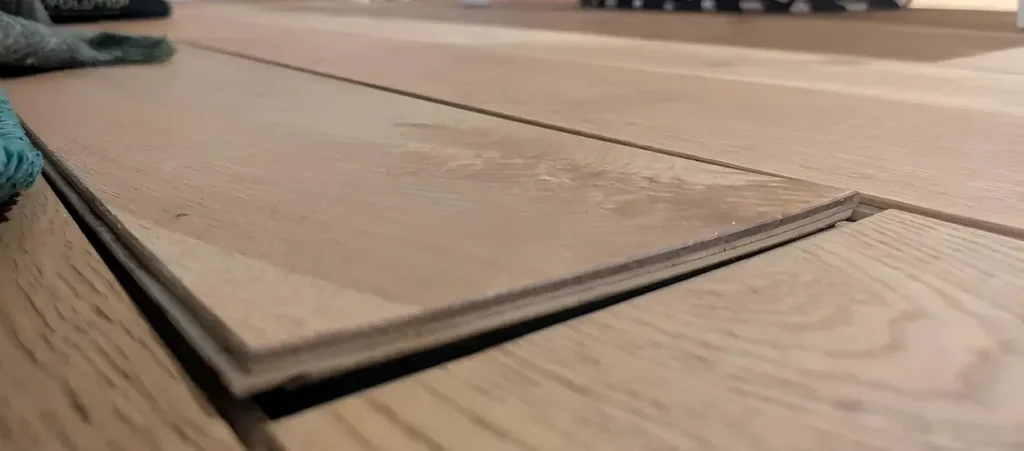Hardwood flooring may be the gold standard of home design, but it often comes with a hefty price tag and extensive maintenance. Enter plywood flooring—a rising star in the world of budget-friendly, stylish flooring alternatives. But does it truly stack up to hardwood in quality and appearance?
In this blog, we explore whether plywood flooring is a cost-effective alternative to hardwood and why premium plywood might just surprise you.

Cost Comparison: Plywood vs. Hardwood
When evaluating flooring options, cost is often the biggest factor. Let’s break down the numbers.
Material Type Average | Cost (Per Sq. Ft.) | Installation Cost | Durability Rating
Hardwood | $5 – $12 | High | Very Durable
Premium Plywood | $1.50 – $4.00 | Low to Moderate | Durable
Why Is Plywood Cheaper?
- Made from layered wood veneers instead of solid planks
- Uses fewer rare hardwoods
- Easier and faster to install
Despite the lower cost, premium plywood often looks and feels like hardwood when finished properly.
Benefits of Using Premium Plywood for Flooring
Don’t let the word “plywood” fool you—modern plywood flooring has come a long way.
1. Affordable Aesthetic
Can mimic the look of oak, walnut, or maple
Suitable for rustic, minimalist, or modern interiors
2. Easy to Customize
Takes stains, paints, and finishes beautifully
Can be cut into wide planks or decorative shapes
3. Eco-Friendly
Available in FSC-certified and low-VOC formats
Uses less forest resources than solid hardwood
4. Installation Flexibility
Can be glued, nailed, or even floated
DIY-friendly, saving you on labor costs
5. Good Durability
Works well in low-traffic and medium-traffic areas
With sealing, it becomes moisture- and scratch-resistant
Drawbacks to Consider Before Choosing Plywood Flooring
While plywood flooring has many advantages, it’s not for every situation.
1. Lower Lifespan Than Hardwood
Plywood may need replacement after 10–15 years in high-traffic areas
2. Not Ideal for Wet Areas
Bathrooms and basements may compromise its durability
3. Visible Seams
Without careful finishing, seams or imperfections may show
4. Requires Protective Coating
Needs polyurethane or similar sealants to resist wear and water
Still, many homeowners find that the savings and aesthetic flexibility outweigh these limitations.

